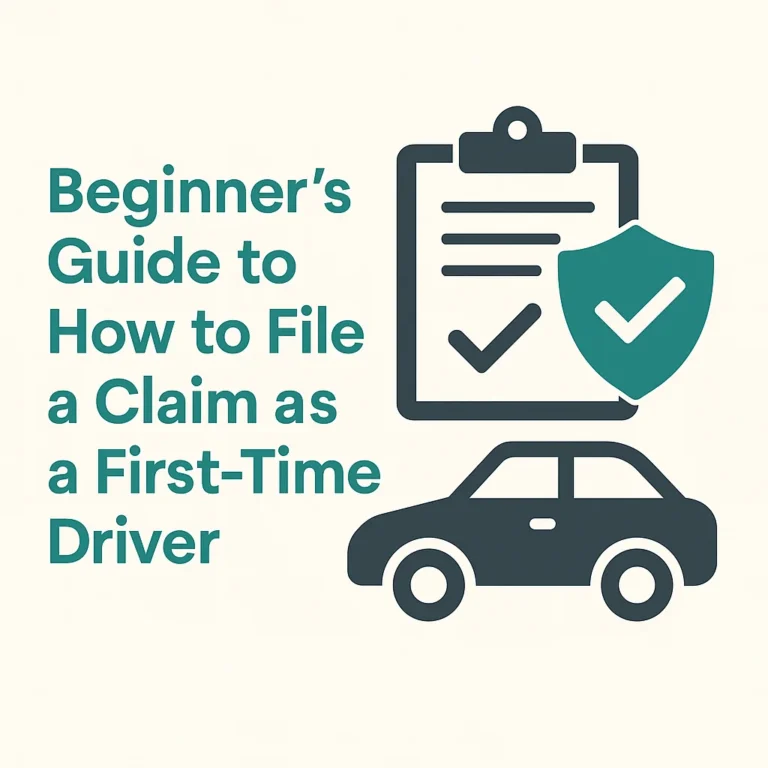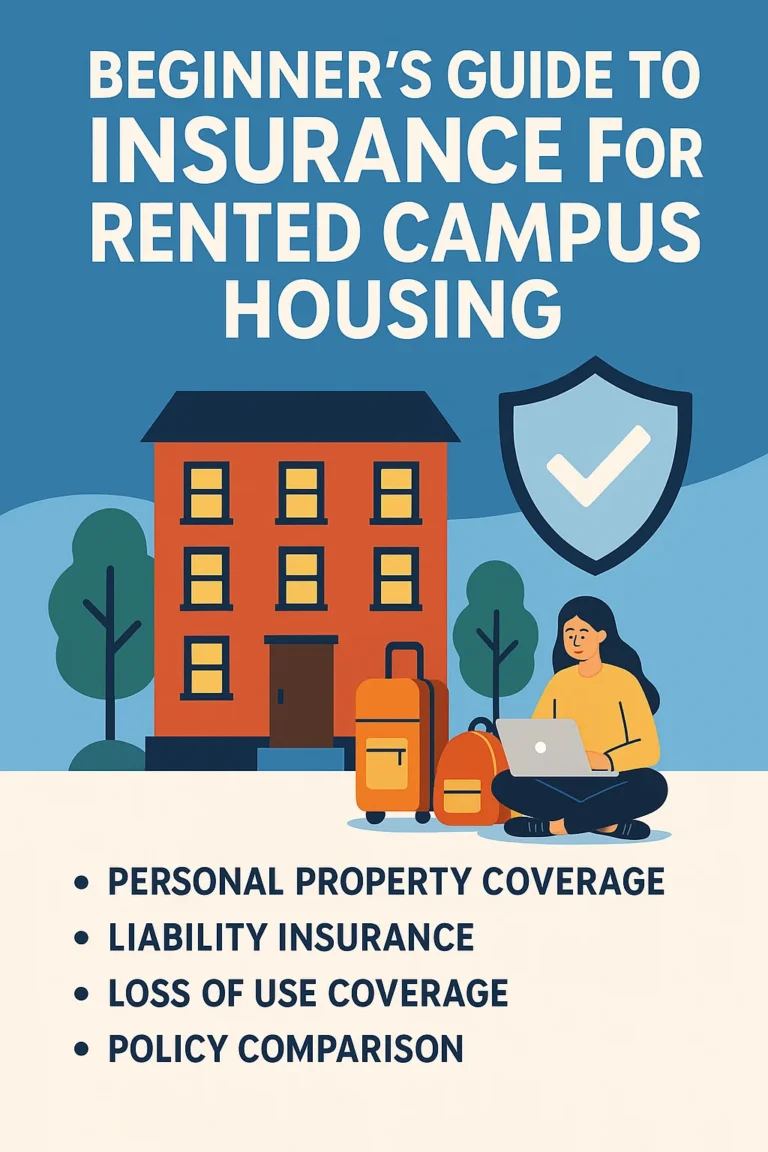Driving your parent’s car might seem like a convenient and cost-effective option, especially for teens, college students, or young adults still living at home. But before you hit the road, it’s important to understand how auto insurance works in this scenario. Can you legally drive it? Are you covered in case of an accident?
This guide explains everything you need to know about car insurance when driving your parent’s vehicle, including who is covered, what types of insurance apply, and common mistakes to avoid. Whether you’re borrowing the car once in a while or using it regularly, being informed is essential for safety and financial protection.
Understanding Auto Insurance Basics
Auto insurance is a contract between you and the insurance company that protects you against financial loss if you have an accident or your vehicle is stolen. In the U.S., auto insurance is mandatory in almost every state, with each state having its own minimum requirements.
The key types of coverage include:
- Liability coverage: Pays for injuries or damage to others when you’re at fault.
- Collision coverage: Pays for damage to your own car in a crash.
- Comprehensive coverage: Covers events like theft, vandalism, or natural disasters.
- Uninsured/Underinsured motorist coverage: Helps when the other driver is at fault and lacks proper insurance.
These coverages work together to protect both the driver and the vehicle.
Insurance typically follows the car, not the driver. That means your parent’s policy likely covers you, but only under certain conditions.
Let’s explore those details further below.
Steps to Legally Drive Your Parent’s Car
Step 1: Check If You’re a Permissive Driver
Many auto insurance policies include a “permissive use clause,” which means someone who has permission to drive the car occasionally is covered. If you’re not living with your parents, this may be your situation.
Step 2: Determine Residency
If you live with your parents, most insurers require you to be listed on the policy. If not, you may not be covered even with permission. Living in the same household is a critical factor for most insurance companies.
Step 3: Add Your Name to the Policy (If Needed)
If you use the car frequently, you should be added as a listed driver on your parent’s policy. This avoids denied claims and legal issues.
Step 4: Know What’s Not Covered
Activities like food delivery, rideshare driving, or frequent long-distance travel may not be covered under your parent’s standard policy. Be clear about how the car will be used.
Step 5: Check License and Registration
You must hold a valid driver’s license, and the car must be properly registered and insured in your parent’s name. Avoid borrowing a vehicle with expired registration or lapsed insurance.
Example Comparison Tables
| Usage Type | Covered Under Parent’s Policy? | Recommended Action |
|---|---|---|
| Once in a while (e.g. weekends) | Yes (Permissive Use) | No action needed |
| Daily use (e.g. work commute) | Maybe | Add to policy as listed driver |
| Delivery or rideshare | No | Get separate commercial policy |
| State | Minimum Liability Coverage | Uninsured Motorist Required? |
|---|---|---|
| California | $15,000/$30,000/$5,000 | Yes |
| Florida | $10,000 PIP | No |
| New York | $25,000/$50,000/$10,000 | Yes |
Common Mistakes and How to Avoid Them
Not Informing the Insurance Company
Many people assume they’re covered just by being family. Not telling the insurer you drive the car regularly can result in denied claims.
Using the Car for Commercial Purposes
Food delivery, Uber, or Lyft? These require separate insurance. Standard policies exclude business use.
Driving Without a Valid License
Even if insurance covers the car, driving without a license voids the coverage. Always keep your license current.
Ignoring State Laws
Insurance laws vary. For instance, some states have stricter household member listing rules. Always check your local DMV site or ask your insurer.
Assuming Coverage Without Confirmation
Always read the policy and contact the insurance company for clarification. Assumptions can be expensive in case of an accident.
Conclusion: Drive Smart, Stay Covered
Driving your parent’s car can be a smart move, but only if you understand the insurance coverage and follow the rules. Make sure you’re either listed on the policy or clearly covered under permissive use. Never use the vehicle for business purposes unless properly insured.
Take a moment to talk with your parents and their insurance provider. You’ll avoid misunderstandings and ensure peace of mind every time you hit the road.
Need more guidance? Check out our related articles like Do College Students Need Their Own Car Insurance? and Permissive Use Explained: Are You Really Covered?
For further information, visit authoritative sources like NerdWallet’s Guide on Permissive Use or consult your state’s DMV website.






